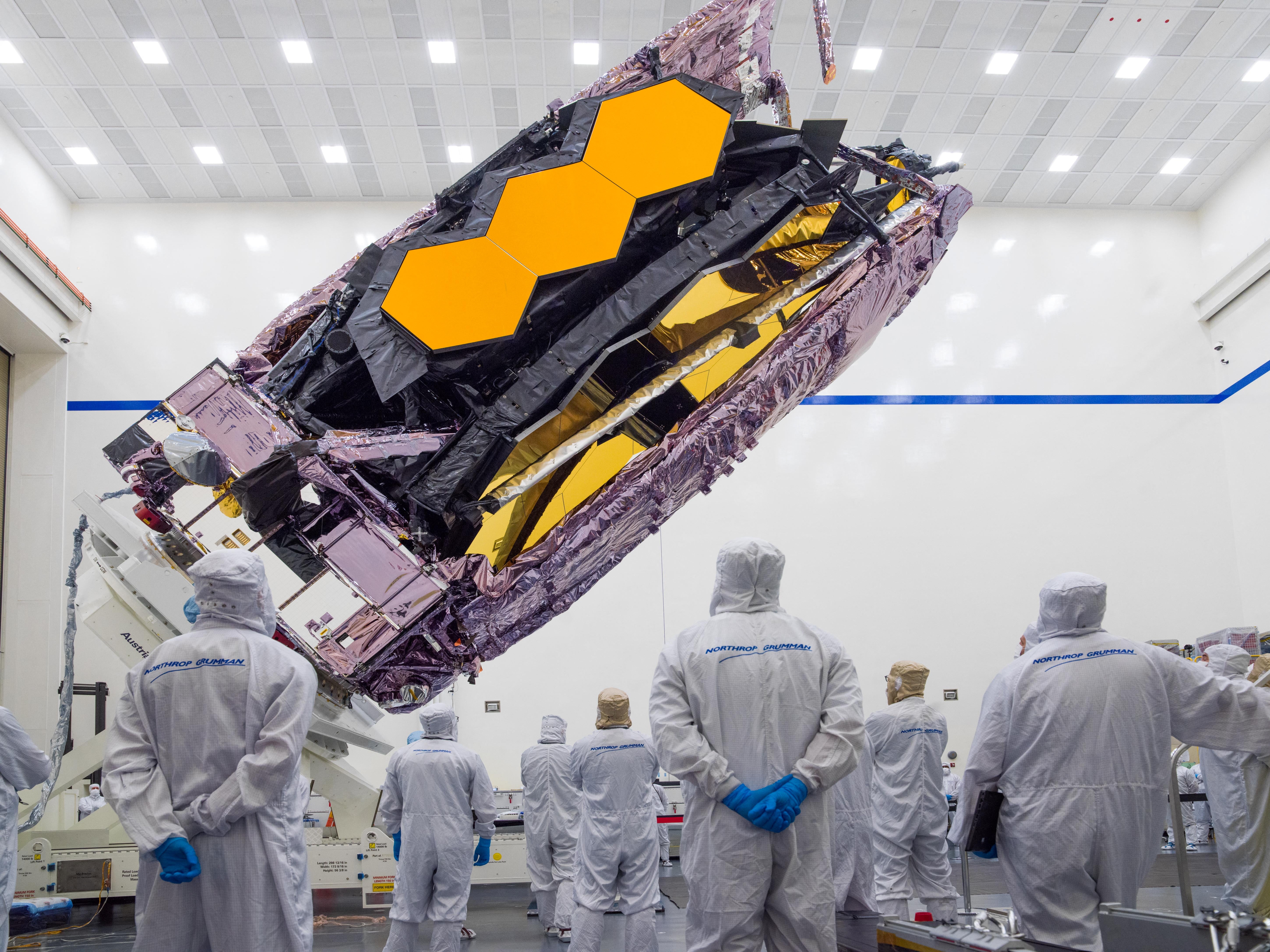Nasa successfully completes hardest part of deployment of James Webb Space Telescope

Nasa has successfully completed the “most challenging” part of the deployment of its new James Webb Space Telescope.
The sunshield that will protect the spacecraft as it looks deep into the universe is now fully deployed, the space agency said.
“This is the first time anyone has ever attempted to put a telescope this large into space,” said Thomas Zurbuchen, associate administrator for Nasa’s Science Mission Directorate, in a statement.
“Webb required not only careful assembly but also careful deployments. The success of its most challenging deployment – the sunshield – is an incredible testament to the human ingenuity and engineering skill that will enable Webb to accomplish its science goals.”
The sunshield is about the size of a tennis court when it is fully deployed, but had to be precisely folded up to allow it to fit into the rocket that launched it into space on Christmas Day. Since it arrived in space, the telescope has been delicately unfolding its various parts – including the five layers which each needed to be separately deployed.
Each of those plastic sheets is about as thin as a human hair. It is coated with a reflective metal that is like a sunscreen with 1 million SPF, and dramatically reduce the exposure to the Sun.
The sunshield is necessary to keep the telescope protected from the light and heat from the Sun. It must be kept incredibly cold so that it can see the very faint infrared light that it will use to explore the depths of the universe.
“Unfolding Webb’s sunshield in space is an incredible milestone, crucial to the success of the mission,” said Gregory L. Robinson, Webb’s program director at Nasa Headquarters.
“Thousands of parts had to work with precision for this marvel of engineering to fully unfurl. The team has accomplished an audacious feat with the complexity of this deployment – one of the boldest undertakings yet for Webb.”
The setup of Webb will continue for the next six months, with further deployments to be done and its various science instruments to be calibrated. It will then be able to start sending back images, which is expected in June.
Join our commenting forum
Join thought-provoking conversations, follow other Independent readers and see their replies
Comments